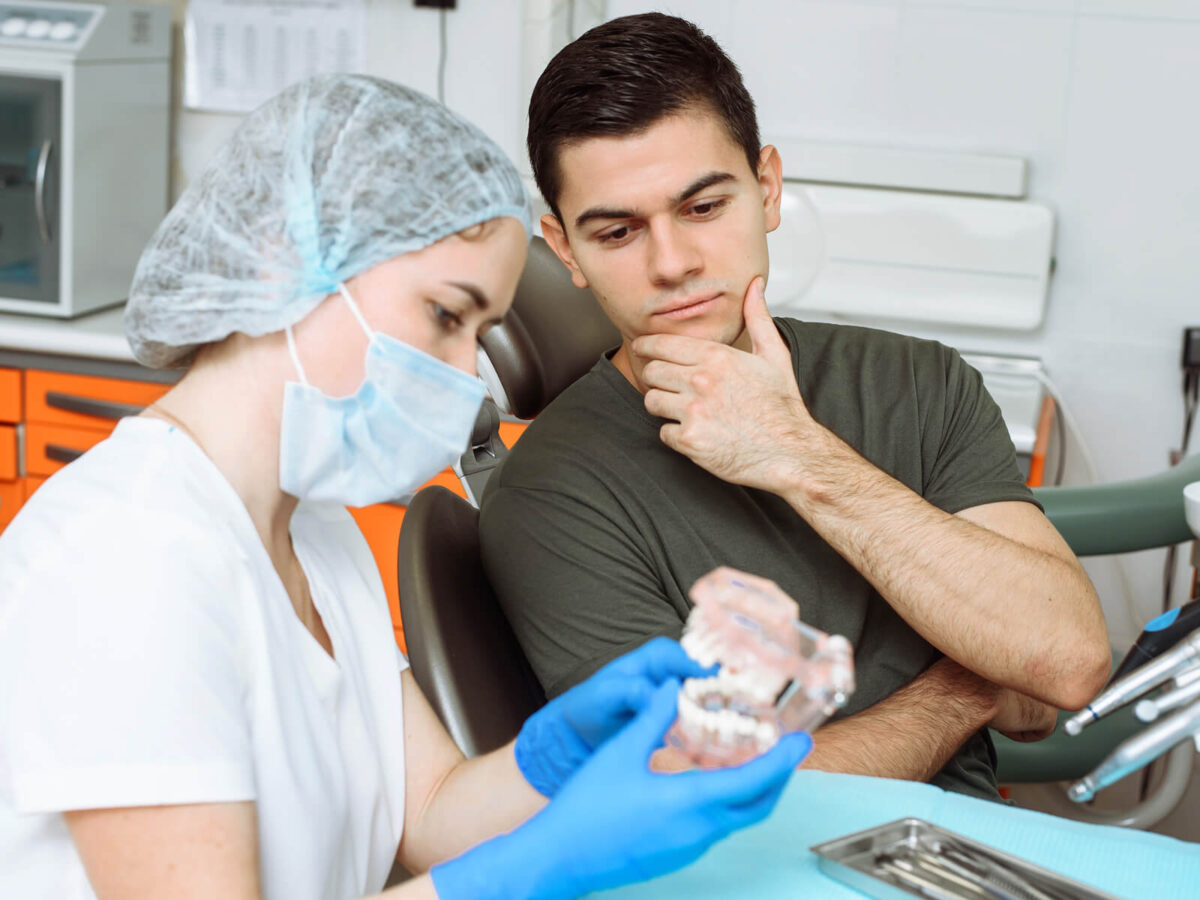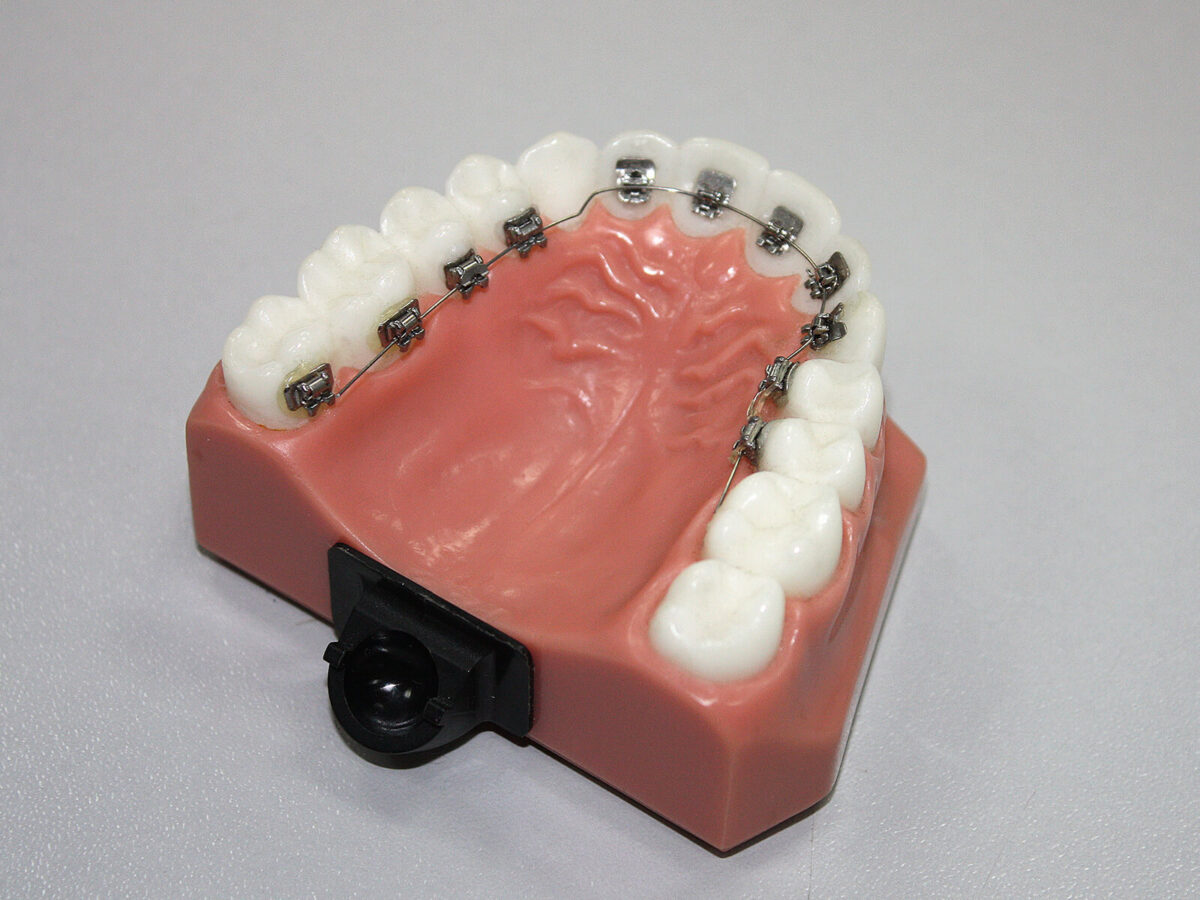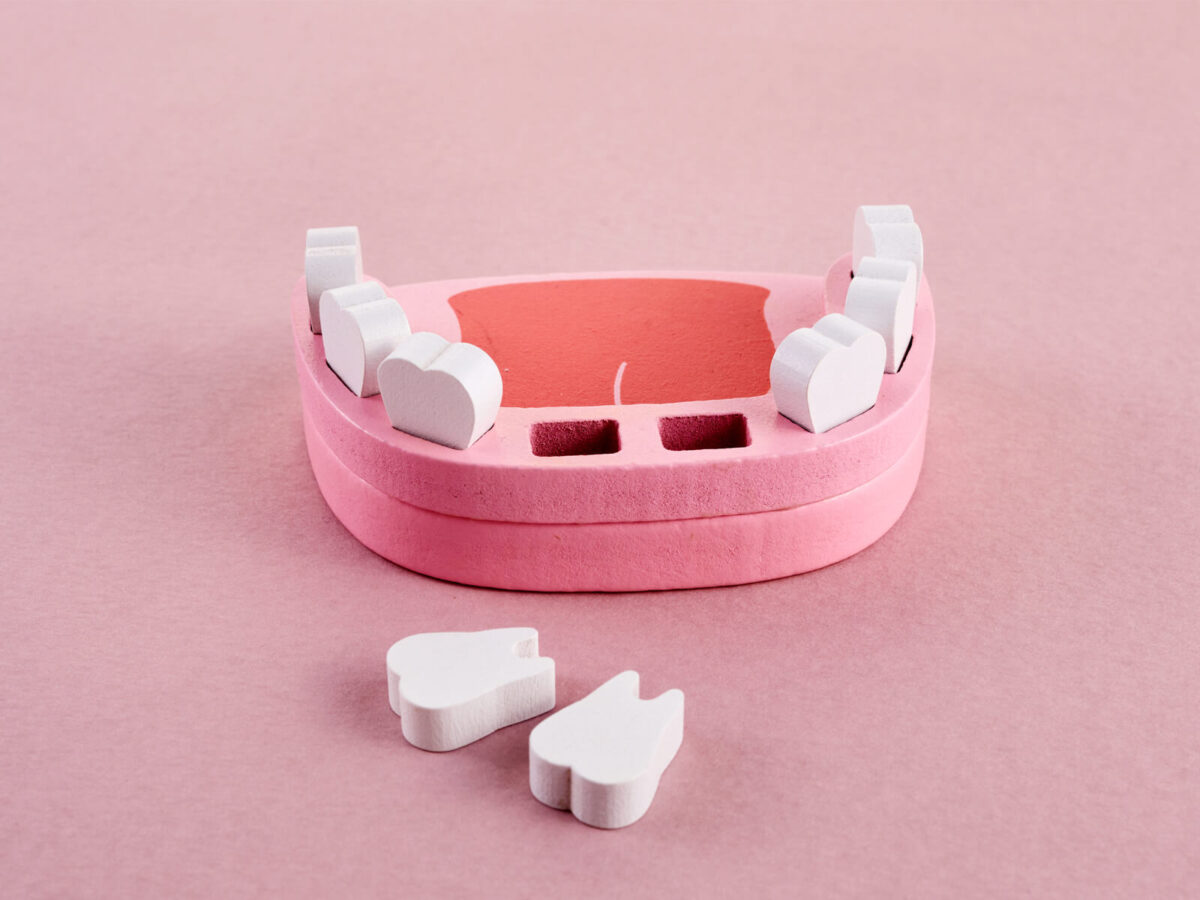So, you were going about your day, minding your business, and suddenly, you lost your temporary crown. It happens. While it might feel like a dental emergency, the good news is that you can take steps to address the situation until you can see your dentist. In this article, we’ll guide you through what to do if you face a temporary crown emergency.
Understanding Temporary Crowns
Before we jump into the action plan, let’s quickly recap what temporary crowns are and why they slip. Temporary crowns are essentially placeholders. They’re used to protect your tooth after it’s been prepared for a permanent crown, but before that crown is ready. Here’s why they’re essential:
- Protection: Temporary crowns shield the vulnerable, freshly prepared tooth from bacteria and further damage.
- Functionality: They ensure you can eat and speak comfortably while you wait for your permanent crown.
- Aesthetics: These crowns maintain your smile’s appearance, so you don’t have to worry about gaps or oddly shaped teeth.
The First Steps You Can Take During a Temporary Crown Emergency
When you are dealing with a temporary crown emergency, here’s what you should do:
- Don’t Panic: Yes, it can be a bit alarming when it happens, but staying calm is the first step. A lost temporary crown is not a dental emergency, although it does require attention.
- Retrieve the Crown: If the crown is still intact, try to find it. Gently rinse it with lukewarm water to remove any debris.
- Inspect Your Tooth: Check the tooth that used to wear the crown. Ensure there is no damage or debris on the tooth surface. If you notice any issues, make a note of them.
- Temporary Adhesive (Optional): Some drugstores sell temporary crown cement that you can use to reattach the crown temporarily. If you have access to this product and feel comfortable using it, follow the instructions carefully.
What Not to Do When You Have a Temporary Crown Emergency
Before we proceed with more steps to address the situation, it’s essential to understand what you should avoid doing when your temporary crown falls off:
- Don’t Force It Back On Attempting to reattach the crown on your own can lead to complications. The crown might not align correctly or could damage your tooth.
- Avoid Household Adhesives: Never use household glues or adhesives to reattach the crown. These can be harmful if ingested and are not suitable for dental use.
- No Superglue: Superglue, as convenient as it might seem, is not suitable for fixing dental issues. Avoid using it on your temporary crown or teeth.
Preventing Future Incidents
While losing a temporary crown can be unexpected and a little inconvenient, there are ways to prevent it from happening again:
- Avoid Sticky and Hard Foods: Certain foods can dislodge a temporary crown, so be cautious when eating sticky or hard items.
- Chew on the Opposite Side: Try to minimize pressure on your crowned tooth by chewing on the side without the crown.
- Gentle Oral Care: Brush and floss your teeth gently, especially around the temporary crown. Use a soft-bristle toothbrush to minimize any risk of damage.
- Regular Dental Appointments: Keep up with your scheduled dental visits. Your dentist will monitor the condition of your temporary crown and make adjustments as needed.
In Conclusion
While losing a temporary crown might catch you by surprise, it’s not a dental emergency. By following the steps outlined above and contacting your dentist promptly, you can ensure that your crowned tooth receives the attention it needs, and you can avoid any temporary crown emergency.
Remember, your temporary crown is designed to be a temporary solution. It protects your prepared tooth until your permanent crown is ready. So, when it takes an unscheduled leave of absence, stay calm, follow the recommended steps, and contact your dentist for guidance.



